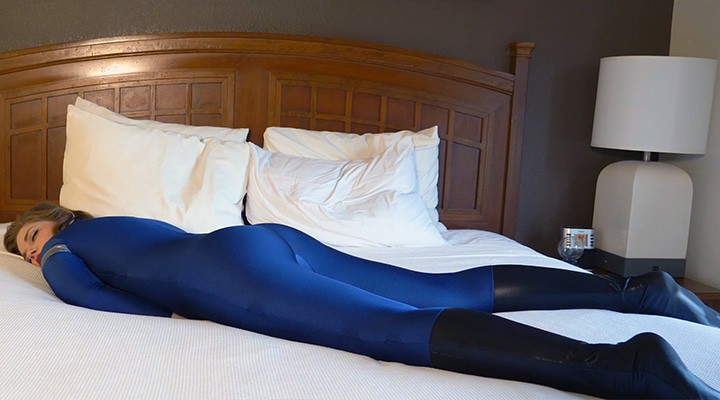


For a diagnosis of sleep apnea, more than five episodes per hour must occur. Sleep apnea is often diagnosed with an overnight sleep study. In many cases it is first observed by a family member. Some people with sleep apnea are unaware they have the condition. Other risk factors include being overweight, a family history of the condition, allergies, and enlarged tonsils. OSA has four key contributors these include a narrow, crowded, or collapsible upper airway, an ineffective pharyngeal dilator muscle function during sleep, airway narrowing during sleep and unstable control of breathing (high loop gain). Sleep apnea may be either obstructive sleep apnea (OSA), in which breathing is interrupted by a blockage of air flow, central sleep apnea (CSA), in which regular unconscious breath simply stops, or a combination of the two. In children, it may cause hyperactivity or problems in school. Because the disorder disrupts normal sleep, those affected may experience sleepiness or feel tired during the day. There may be a choking or snorting sound as breathing resumes. In the most common form, this follows loud snoring. Each pause can last for a few seconds to a few minutes and they happen many times a night. Sleep apnea, also spelled sleep apnoea, is a sleep disorder in which pauses in breathing or periods of shallow breathing during sleep occur more often than normal. ~ 1 in every 10 people, 2:1 ratio of men to women, aging and obesity higher risk Lifestyle changes, mouthpieces, breathing devices, surgery Overweight, family history, allergies, enlarged tonsils, asthma Obstructive sleep apnea (OSA), central sleep apnea (CSA), mixed sleep apnea Heart attack, Cardiac arrest, stroke, diabetes, heart failure, irregular heartbeat, obesity, motor vehicle collisions, Alzheimer's disease, and premature death Pauses breathing or periods of shallow breathing during sleep, snoring, tired during the day


 0 kommentar(er)
0 kommentar(er)
